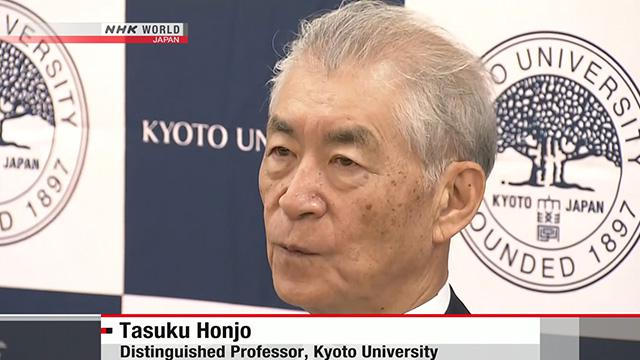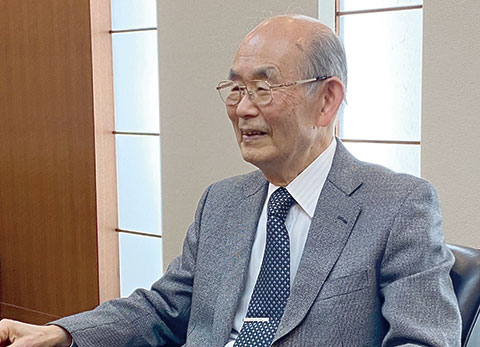The Feature of Japanese Innovation: A Historical Observation at Science and Technology in Japan

It is often trumpeted that Japan’s scientific and technological capabilities are facing a crisis of decline. Most of the Japanese laureates of the Nobel Prize have expressed their concern about the future of science and technology in Japan, especially the disregard for basic research. However, looking back at the trends in the history of science in Japan, it can be said that the feature of Japan’s scientific capabilities can be attributed not only to basic research but also to innovation of the Japanese style.
(Figure: Nobel Laureate Dr. Tasuku HONJO Sounds the Alarm on Japanese Basic Research)

(Source: NHK-WORLD)
So what is the Japanese Style of Innovation? It is often pointed out that Japanese innovation is weak at creating “one” from “zero,” but is quite skilled at turning “one” into “ten” or “one hundred. ” That is to say, it has a superior aspect of improvement and expansion. The Japanese also play an improved role in the following famous ethnic joke:
“Permanent industrial products are invented by the Germans, invested in by the British, commercialized by the Americans, decorated by the French, promoted by the Italians, improved by the Japanese, copied by the Chinese, and kept alive.”
Cameras and cell phones are good examples of improved innovations of Japan. Moreover, this is also applicable to the field of artificial intelligence, which is flourishing these days. Yann LeCun, a computer scientist and vice president at META, has pointed out as follows:
During the “AI winter” in the 1980s, when interest and investment in AI was declining around the world, Japan was the only country to continue AI research. Many developers grew up having taken the benefit from the Japanese money at that time, and if it were not for Japan’s contribution at that time, the current AI research would not have been existed.
(Figure: Dr. Kunihiko FUKUSHIMA, former researcher at NHK Science & Technology Research Laboratories (STRL), speaking on the neocognitron and AI)

(Source: NHK STRL)
These Japanese-style innovations can be found not only in the field of science and technology, but also in other fields. The Chinese characters (Kanji), the Buddhism, and the Confucianism which came from China could also be included in the scope of this style. The Zen philosophy developed in Japan much more than in its birthplace, China, and many Chinese monks, including Ingen, the founder of the Obaku school (The Ōbaku-shū), had come to Japan.
We should keep a close eye on whether a similar trend could occur in the field of AI sooner or later.
(Reference)
https://www3.nhk.or.jp/nhkworld/en/news/backstories/267/
Hiroyasu HARADA
Manager (Senior Analyst), Global Intelligence Group (GIG)



